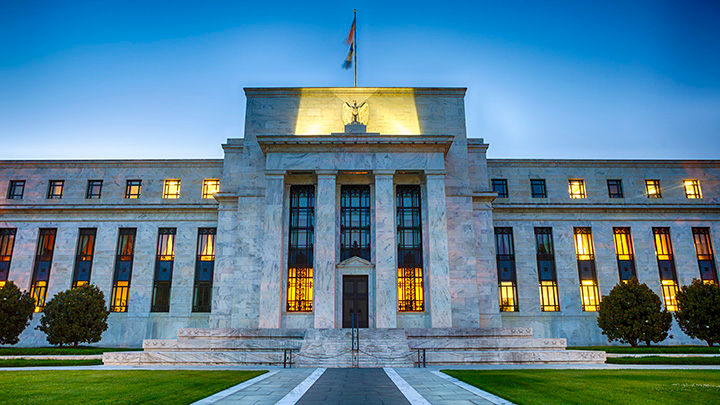The Federal Reserve lowered its forecast for US economic growth while predicting higher inflation than anticipated in 2025, as officials grapple with a murky outlook complicated by tariffs and fragile consumer sentiment. The central bank left interest rates unchanged on Wednesday, and officials penciled in two quarter-point rate cuts before year's end—as they did when last compiling economic projections in December. In a press conference, Chair Jay Powell said the Fed is awaiting more clarity around the economic outlook amid heightened uncertainty. He also acknowledged that some surveys have begun to exhibit worrisome signs, such as inflation expectations rising in the University of Michigan's consumer survey from early March.
However, economic data remains strong, and the possibility of a recession has "moved up, but it's not high," Powell said. As for the impact of tariffs, Powell suggested that although new levies tend to drag down growth and increase inflation, price pressures could dissipate quickly. The Fed's inflation forecasts appeared to reflect the possibility of a one-off inflation boost from tariffs. Officials made no changes to their median estimate for core inflation in the next two years, even as they raised their 2025 forecast to 2.8% from 2.5%. The Bank of England also held rates steady on Thursday amid uncertainty over trade and economic growth prospects. PGIM Fixed Income Chief US Economist Tom Porcelli discusses key takeaways from the Fed meeting, including potential risks to inflation, growth and the labor market as more US tariffs loom.
you may also like
-
Fears Shift from Inflation to Lackluster GrowthInvestors are gauging the prospects for monetary policy, the global economy, and US policies following next month's elections.
Read More
-
Fed Officials on Alert for Potential Inflation RisksFederal Reserve officials said this week they continue to weigh potential risks to inflation and the broader US economy.
Read More
-
Fed Stands Pat as Fight Against Inflation Drags OnThe Federal Reserve left interest rates unchanged and signaled that a recent lack of progress on the inflation front calls for borrowing costs to remain high.
Read More



